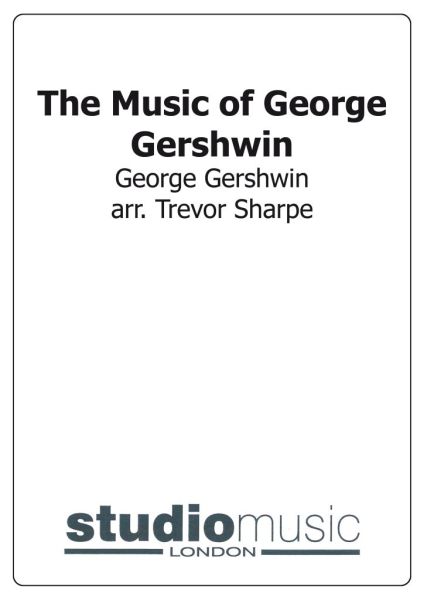Results
-
 £44.95
£44.95The Music of George Gershwin
Includes: Strike Up the Band; Embraceable You; The Man I Love; Someone to Watch Over Me; They Can't Take That Away From Me; S'Wonderful; Rhapsody in Blue.
Estimated dispatch 7-14 working days
-
£50.00
King Kong March - Steiner, M - Harper, P
From the original 1933 King Kong movie, this hidden gem of a march is sure to become a big favourite in the band world.Philip Harper has woven Gerschwin's Rhapsody in Blue into the Trio theme to enhance the throwback to the time of the Great Depression in the USA.1st Section +Duration 4 mins Click to listen - Courtesy of Cory Band
In Stock: Estimated dispatch 1-3 working days
-
£45.00
Rhapsody in Blonde - Gershwin, G - Harper, P
Written for Helen Williams and based on the love theme from Gershwin's Rhapsody in Blue, this laidback jazzy number is full of emotion.2nd Section +Duration 3 mins
In Stock: Estimated dispatch 1-3 working days
-
£33.00
No. 24 Dance Number - Various
Includes a full band set (no score)Featuring:Little Boy BlueO, Susannah!Mignonette
In Stock: Estimated dispatch 1-3 working days
-
£30.00
Play With Your Band Volume 2 - Jerome Naulais
Black River / Blue Day / Cool Morning / Elisa / For You / Funky People
Estimated dispatch 7-14 working days
